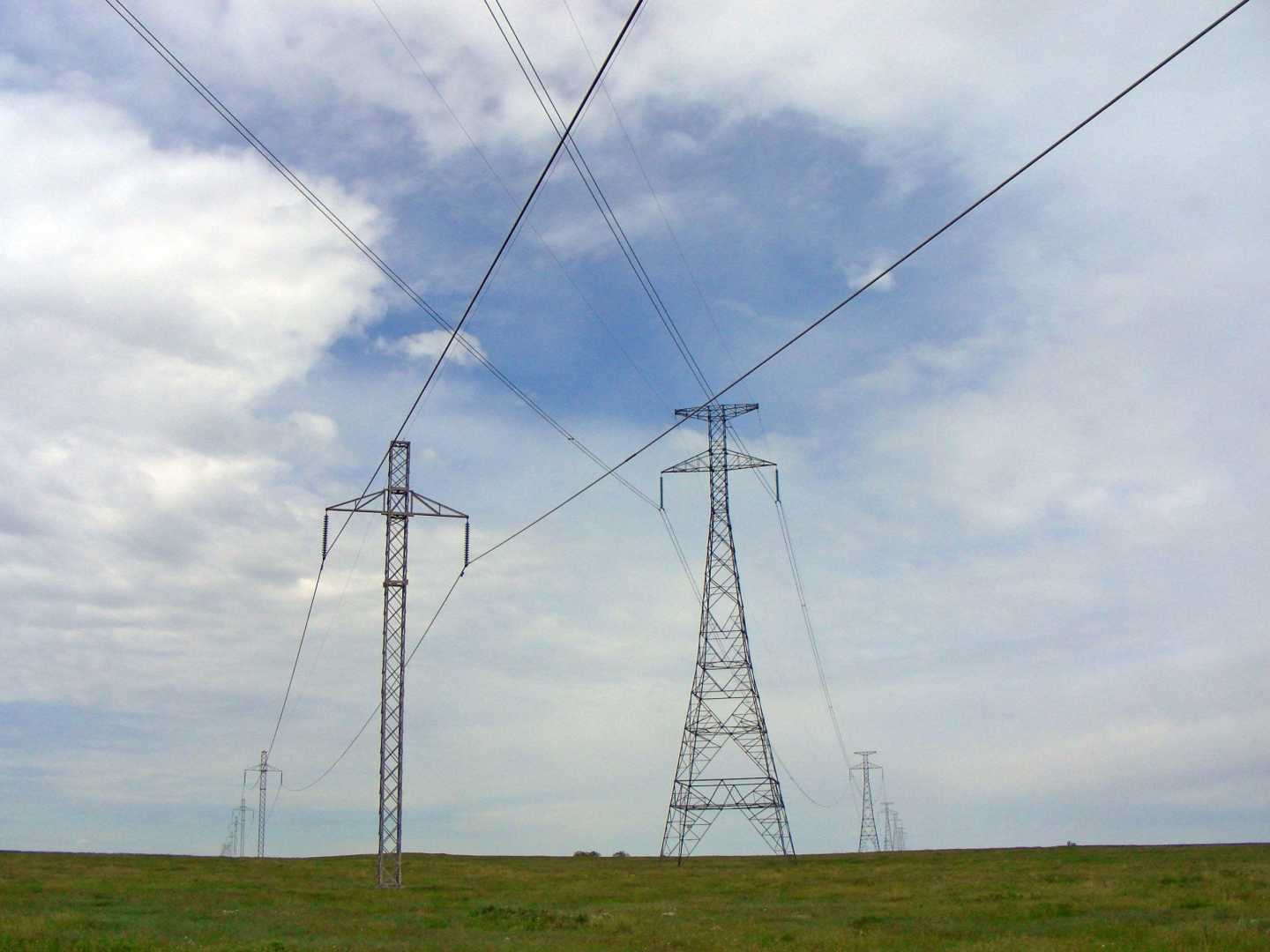News
Illinois Proposes Incentives to Boost Clean Energy Transmission Lines

SPRINGFIELD, Ill. — As Illinois races to meet its clean energy goals, state lawmakers and advocates are drafting legislation to incentivize the construction of long-distance transmission lines, a critical bottleneck in the state’s renewable energy transition. The proposed measures would allow independent transmission developers to access subsidies through the state’s Renewable Energy Credit (REC) program, a mechanism that has already fueled Illinois’ solar boom.
“Merchant transmission developers are essentially building a road — generators pay to put their electricity on that road and send it to customers,” said James Gignac, Midwest senior policy manager for the Union of Concerned Scientists. Gignac is part of a coalition working with legislators on an energy bill that builds on the 2017 Climate & Equitable Jobs Act (CEJA). The new legislation, expected to be introduced this spring, aims to lower costs for wind and solar developers by creating an additional revenue stream for transmission projects.
Unlike traditional utility-funded projects, merchant transmission lines bypass the lengthy planning and financing processes overseen by regional grid operators like MISO and PJM. “These [high voltage, direct current] lines can serve a different purpose,” Gignac explained. “They provide important benefits that supplement the regional transmission organization plan.”
Illinois faces a pressing challenge: CEJA mandates that nearly all fossil fuel generation cease by 2045. However, without adequate transmission infrastructure, some fear the state won’t be able to meet its energy needs with renewables and nuclear power alone. “Transmission is a huge part of the equation,” said Christine Nannicelli, Sierra Club Beyond Coal senior campaign representative. “It will help take inefficient coal and gas plants offline and bring on extraordinary amounts of clean energy.”
In December, MISO, which manages the grid for most of Illinois and much of the central U.S., approved a batch of new transmission projects, adding to 18 interregional lines approved in 2022. However, these projects could take a decade or more to complete due to bureaucratic hurdles. Merchant lines, on the other hand, can be built more quickly, as they only require interconnection to the regional grid and state-level approvals.
Advocates have also proposed designating merchant lines as public utilities, granting them easier access to eminent domain powers. This has sparked opposition from landowners, particularly for projects like the Grain Belt Express, which would stretch from Kansas to the Illinois-Indiana border. Despite these challenges, proponents argue that merchant lines introduce competition, which could benefit ratepayers and the environment by bringing renewable power into Illinois and facilitating new renewable projects within the state.
Jeff Danielson, vice president of advocacy for the Clean Grid Alliance, emphasized the urgency of expanding the grid. “We encourage states to help in any way possible to get the electric interstate superhighway built,” he said. “It really is up to the states to secure their own economic future around a resilient and commerce-friendly grid.”
The proposed legislation has garnered support from labor unions, including the Laborers’ International Union of North America, which highlighted the potential for job creation. “Any time you do that, you’ll have money in the pockets of workers,” said Sean Stott, the union’s Midwest governmental affairs director. “It would definitely generate a significant amount of economic activity in the local community.”
As Illinois lawmakers prepare for the spring legislative session, the debate over transmission incentives underscores the state’s commitment to a clean energy future. “We have to get to yes,” Danielson said. “It’s a shared opportunity and shared responsibility.”












